Have you ever looked at a bird and wondered about their bill? Different birds will have different types of bills, which can make you think about why they might be an important feature. Below, discover just why a bird’s bill is so vital for survival, as well as what they are made for and some different types of bills.
Bill vs. Beak
Before talking more about the importance of a bird’s bill, you may be wondering: what’s the difference between a bill and a beak? As it turns out, not much.
The terms “bill” and “beak” are actually synonymous. That’s right, they mean the same thing. However, while you’re free to use either term to describe this important feature of a bird, different contexts may play a role in what you decide.
For instance, the term “bill” is most often used by ornithologists when describing bird anatomy. In other scenarios, people may use these terms to describe different kinds of bills. Some people may use “bill” to describe those more akin to waterfowl, while “beak” is used to describe that of songbirds, hawks, and similar species.
You may also find that the term “beak” applies to other species, while bill more commonly does not. For example, turtles have beaks but not bills.
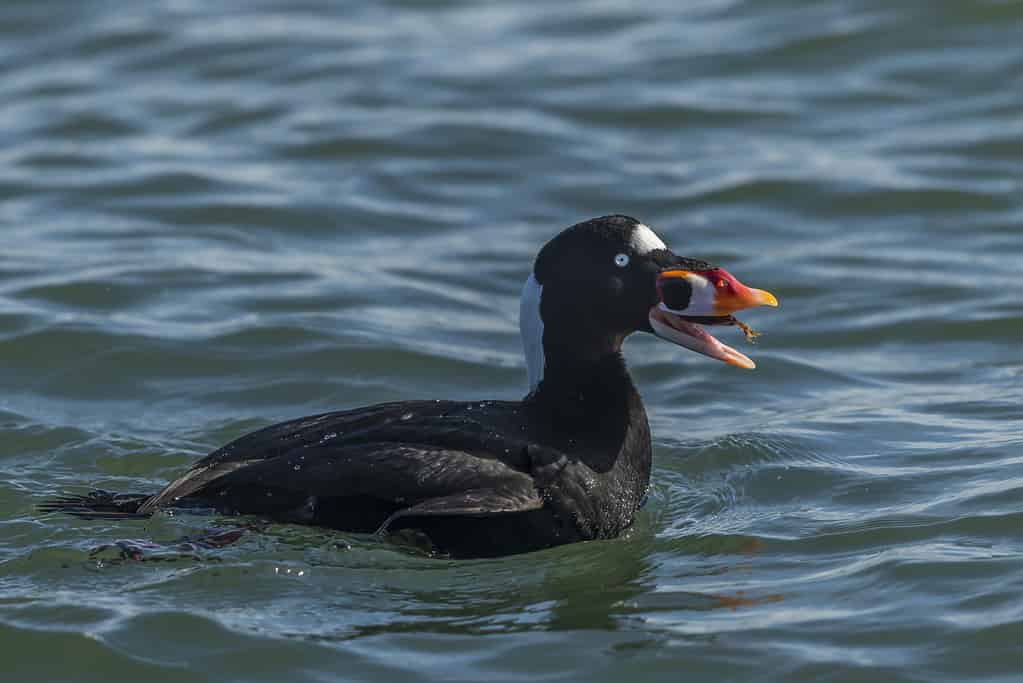
The terms “bill” and “beak” can be used interchangeably.
©dhblac/iStock via Getty Images
What Does a Bird Use Its Bill For?
Just like all birds have bills, all birds lack arms. As a result, for a bird, a bill is of the utmost importance. It helps them capture and consume their food, as well as communicate. For certain species, such as the woodpecker, the bill can also aid in their way of life. It can be used to collect materials for nests, in the actual construction of the nest, and to feed their young. Bills are also essential for grooming. Some birds may even use their bills to protect themselves.
Because there are so many different purposes for a bird’s bill, there are also a variety of different types of bills. However, not only do bills vary based on species and purpose, but they may also vary based on factors such as climate, according to some studies.
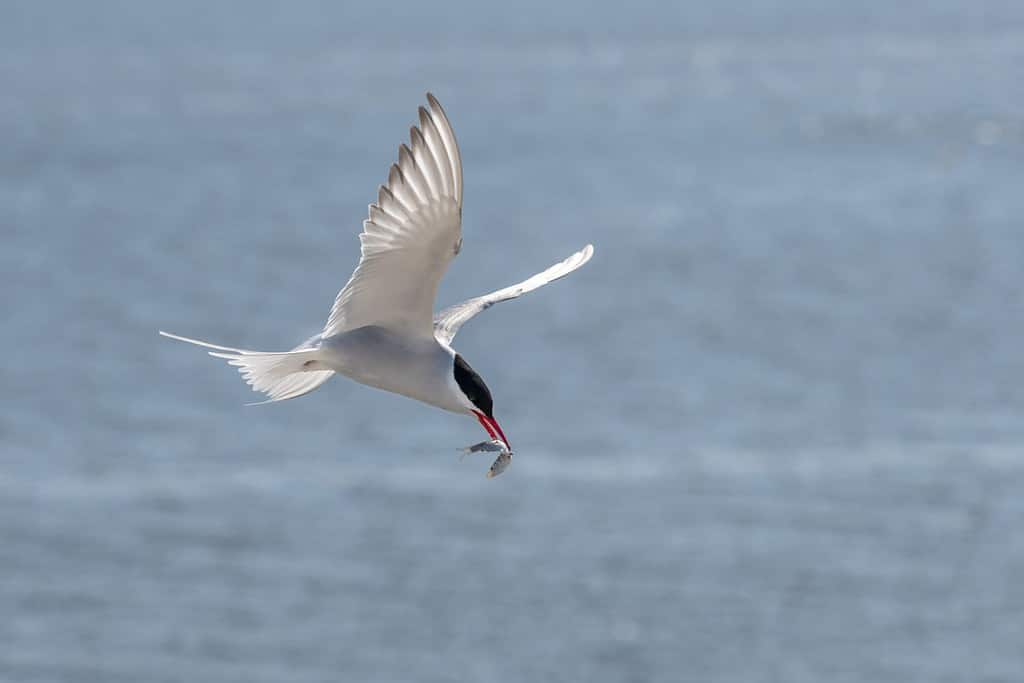
A bird’s bill is essential to its survival.
©Maren Winter/Shutterstock.com
What Are Bird Bills Made of?
A bird’s bill is made out of bone. If you were to strip away the feathers and skin to look at a bird’s skeletal system, you’d notice that they have a cranium with two mandibles: an upper mandible as well as a lower mandible. It is these two mandibles that make up the bill.
However, when you look at a bird and see their bill, you aren’t looking at bone. Instead, birds have a thin layer of keratin on their bills. This is the same material that makes up our fingernails. This means that if the outer layer of a bird’s bill suffers damage, it can heal and regrow much like our nails do. However, if the underlying bone is damaged, it can be detrimental to the bird’s survival, depending on the severity.

Bills are made of bone and covered in a protein known as keratin.
©photowind/Shutterstock.com
Common Bill Shapes and Their Functions
Although every bird has a bill, not all bills are created the same. Different birds will have a different purpose for their bill, which means that the shape can vary. Below, learn about some of the most common shapes and their functions, as well as what kind of birds you may see with each bill.
Cone-Shaped Bills
Cone-shaped bills are wide and short, coming to a point. Birds like finches are the most common to see with this type of bill, as it is best for cracking open seeds. There can be a lot of variation in cone-shaped bills depending on the main type of seed consumed. Birds that eat harder or larger seeds will need a stronger bill than those that do not.

Finches are one example of a species with a cone-shaped bill.
©W. de Vries/Shutterstock.com
Chisel-Like Bills
These types of bills are found most often on woodpecker species. The shape, which ends in a tip similar to that of a chisel, is best for drilling into trees. However, in order to perform such a task without damaging any of the bird’s vital organs or structures, more than just their bill needs to be specialized. Woodpeckers have other unique anatomical features that help protect their brain. For instance, their skull is designed to help absorb most of the impact of this drilling motion.
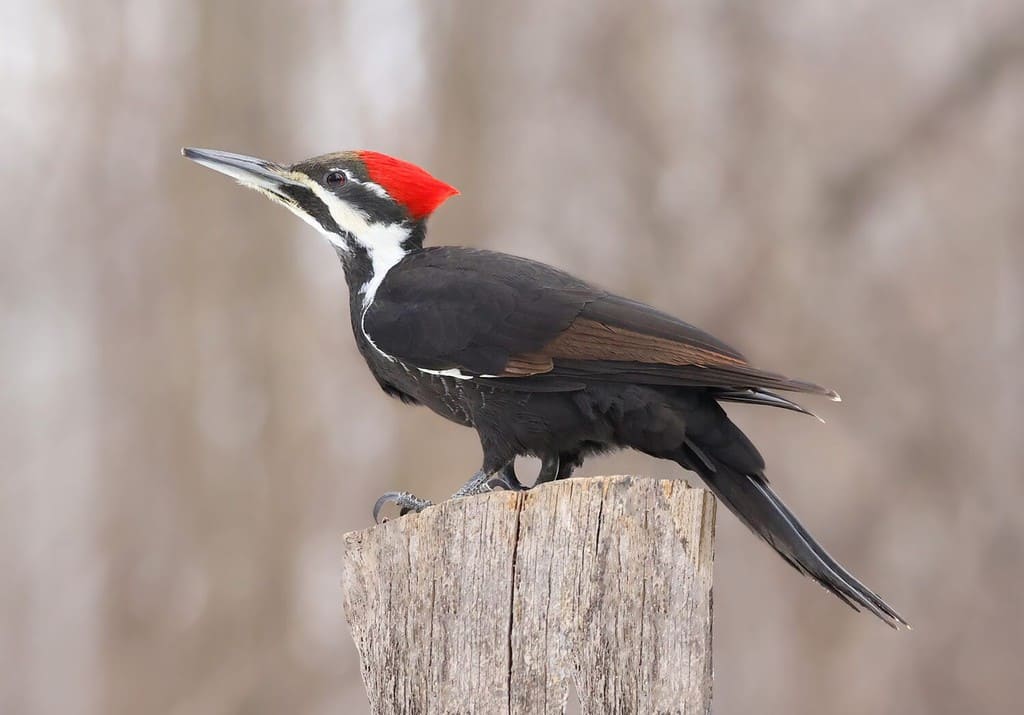
Chisel-like bills are essential to a woodpecker’s pursuit of food.
©Vlad G/Shutterstock.com
Tubular Bills
Hummingbirds possess tubular bills. These are long, extremely thin bills designed to reach into flowers. This helps the bird drink nectar.
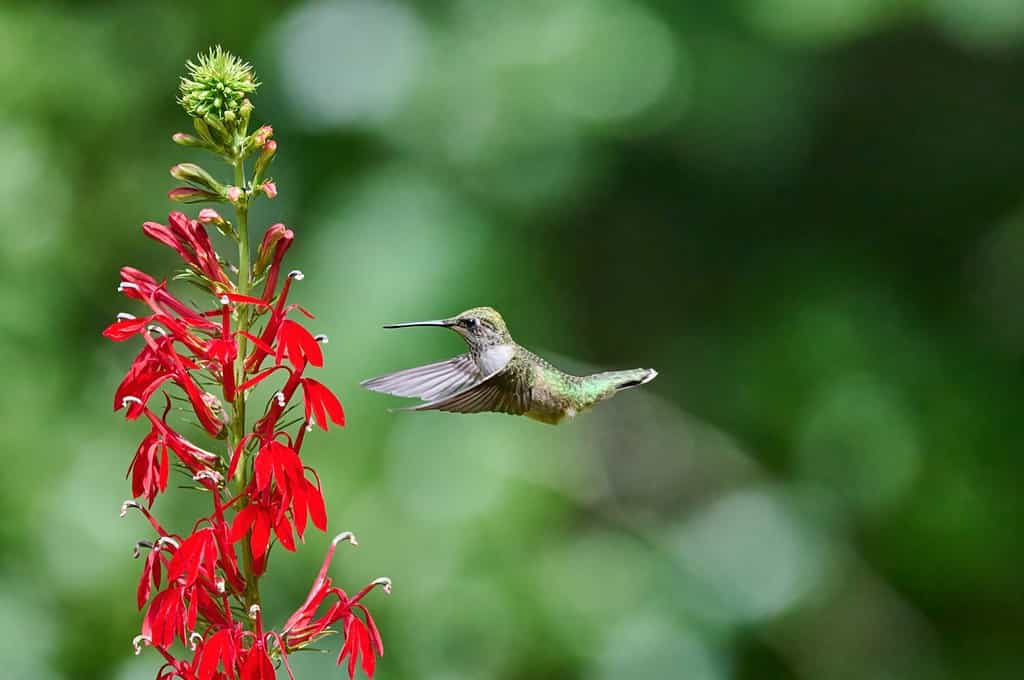
Tubular bills can fit into flowers.
©Patrick Jennings/Shutterstock.com
Hooked Bills
Hooked-shaped bills are designed for tearing and ripping meat. They have an overall curved shape, ending in a sharp point. You’re most likely to find this kind of bill on a bird of prey or raptor, such as a hawk. Oftentimes, with this type of bill, the upper mandible is longer than the lower mandible, as it is the bone that forms the hook.
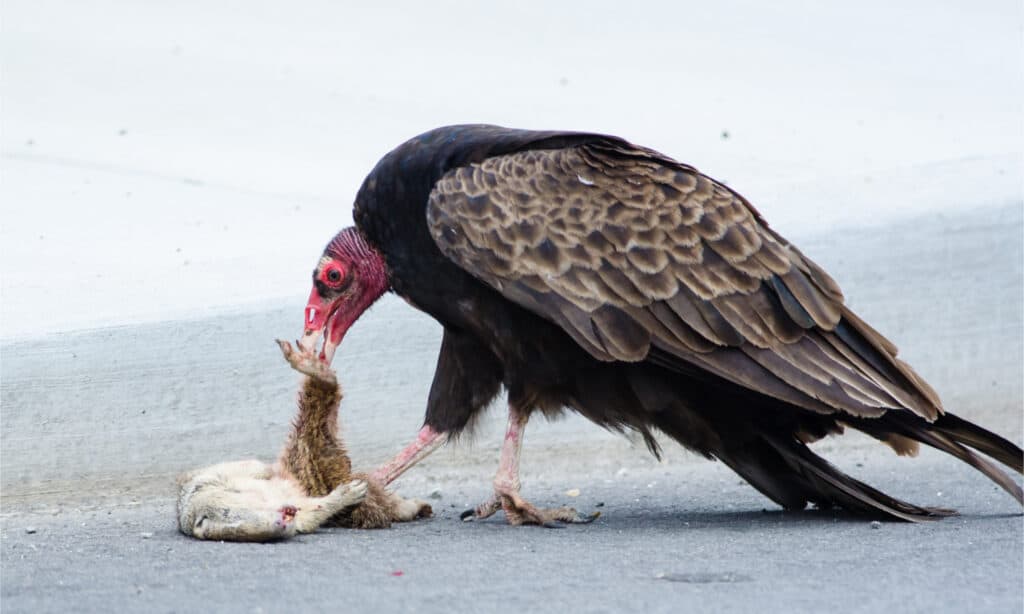
This bill shape is designed to tear meat into edible pieces.
©hubert999/Shutterstock.com
Thin, Flat Bills
Thin, flat bills may often resemble tweezers. They are common among insect-eating birds, such as warblers or wrens. Because of their thin design, birds with this type of bill are able to delicately pluck insects from vegetation. Some adaptations also appear in certain species, such as martins, which allow them to easily catch insects while in flight.
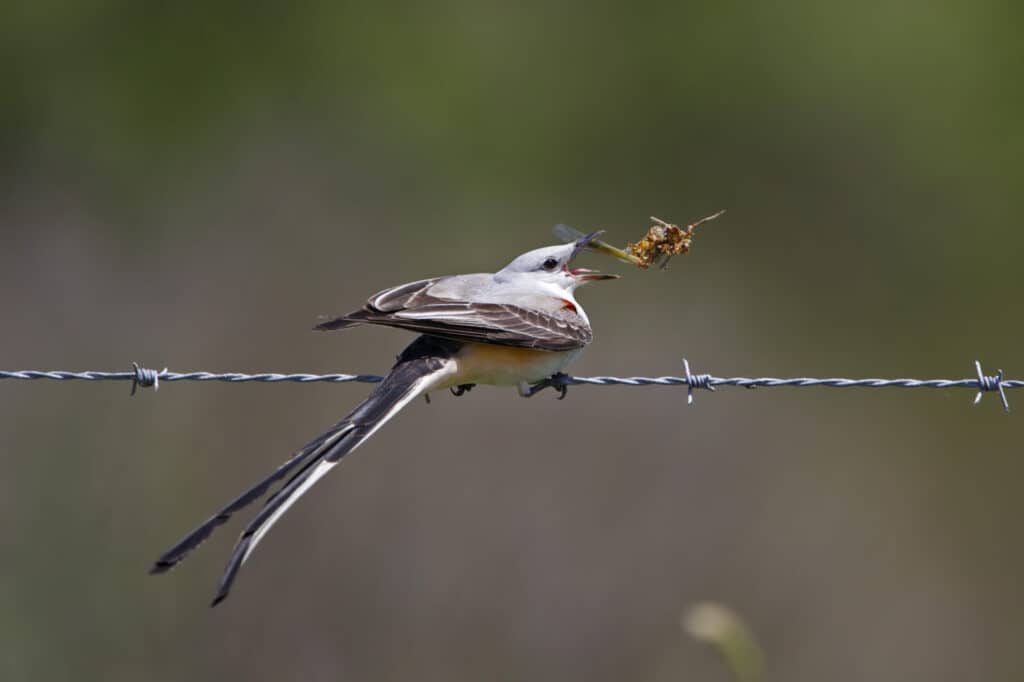
This bill shape resembles a pair of tweezers and can be beneficial in hunting insects.
©Brian Lasenby/Shutterstock.com
The photo featured at the top of this post is © iStock.com/Kesu01
Thank you for reading! Have some feedback for us? Contact the AZ Animals editorial team.






